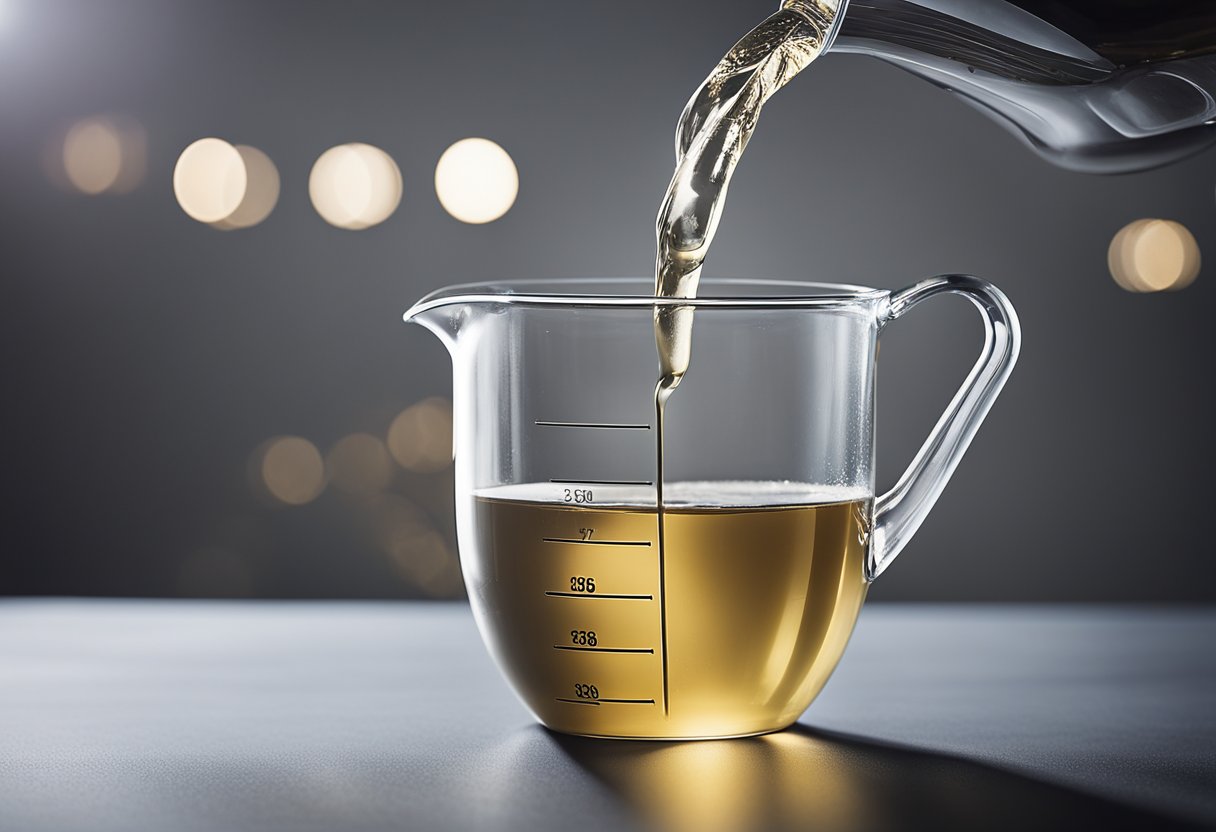
When working with recipes or measuring liquids for various applications, it’s common to need to understand how many ounces are in a gallon. This common question is relevant both in kitchen scenarios and in many scientific and industrial contexts where precise measurements are crucial. In the United States, the conversion is particularly straightforward since the US customary system defines a gallon to contain exactly 128 US fluid ounces.
However, it is important to make the distinction between the US and UK measurement systems, as they define gallons differently. The US gallon, used in the United States and some Latin American and Caribbean countries, contains 128 US fluid ounces. Meanwhile, the imperial gallon, which is used in the United Kingdom, Canada, and some Caribbean nations, holds 160 imperial fluid ounces. This difference can lead to confusion if the particular system isn’t specified, especially since the fluid ounce volumes also differ between the US and imperial systems.
Key Takeaways
- A gallon in the US contains 128 US fluid ounces.
- The imperial gallon used in the UK contains 160 imperial fluid ounces.
- Differentiating between US and UK measurement systems is essential for accurate conversions.
Units of Measurement and Conversion
In the realm of fluid measurements, understanding the conversion between ounces and gallons is essential for a variety of applications, from cooking to chemistry.
Imperial vs. US Units
The Imperial and US systems of measurement use different definitions for gallons and ounces, resulting in distinct conversion factors:
- US Gallon: 1 US gallon equals 128 US fluid ounces.
- Imperial Gallon: 1 Imperial gallon equals 160 Imperial fluid ounces.
Conversion Principles
The basic formula for converting gallons to ounces is multiplying the number of gallons by the number of ounces in one gallon.
- US Units: Gallons * 128 = Ounces
- Imperial Units: Gallons * 160 = Ounces
Practical Applications of Conversion
Conversions are widely used in daily life:
- Cooking Ingredients: Ensuring accurate measurements when scaling recipes.
- Chemistry: Maintaining precision in chemical reactions where volume can affect outcomes.
Extended Volume Measurements
Other related conversions involve:
- Liters, Quarts, Pints, and Cups: Additional volume measurements used in various contexts.
- Mass/Weight: Sometimes necessary to convert volume to weight, considering the density of the substance.
Usage in Various Contexts
- Cargo and Shipping: Calculations of volumetric weight are based on space rather than just physical weight.
- Chemistry: US fluid ounces are frequently used to describe volumes in chemical experiments.
Technical Details and Advanced Applications
- Density: In instances where density is provided in g/ml, that figure is multiplied by 133.5265 to get ounces per gallon.
- Mass vs. Weight vs. Force: Key distinctions in science where volume interplays with other units of measurement.
Understanding US and UK Measurement Systems
The US and UK measurement systems, though historically related, differ in units for volume measurements. This section lays the groundwork for understanding how ounces and gallons vary between these two systems.
Historical Perspectives
The United Kingdom’s Imperial system and the United States’ US customary units originate from historical English units. However, the systems diverged with the US retention of the older English system and the UK’s development of the Imperial system after 1824.
Contemporary Usage in the US and UK
In the modern context, the US utilizes the US customary system where:
- 1 U.S. gallon = 128 U.S. fluid ounces
Conversely, the UK uses the Imperial gallon, defined as:
- 1 Imperial gallon = 160 UK fluid ounces
These differences reflect disparate legal standards for measuring volume in the two countries.
Interconversion and Equivalencies
Understanding conversion between the systems is crucial for accurate measurement. To convert:
- From US fluid ounces to gallons: Divide the number of fluid ounces by 128.
- From UK fluid ounces to gallons: Divide the number of fluid ounces by 160.
For example, to find out how many US fluid ounces are in one Imperial gallon:
- 1 Imperial gallon = 1.20095 U.S. gallons
- 1.20095 x 128 fluid ounces = 153.722 U.S. fluid ounces
A conversational chart or table is beneficial for those who frequently need to convert between US and UK measurements.
